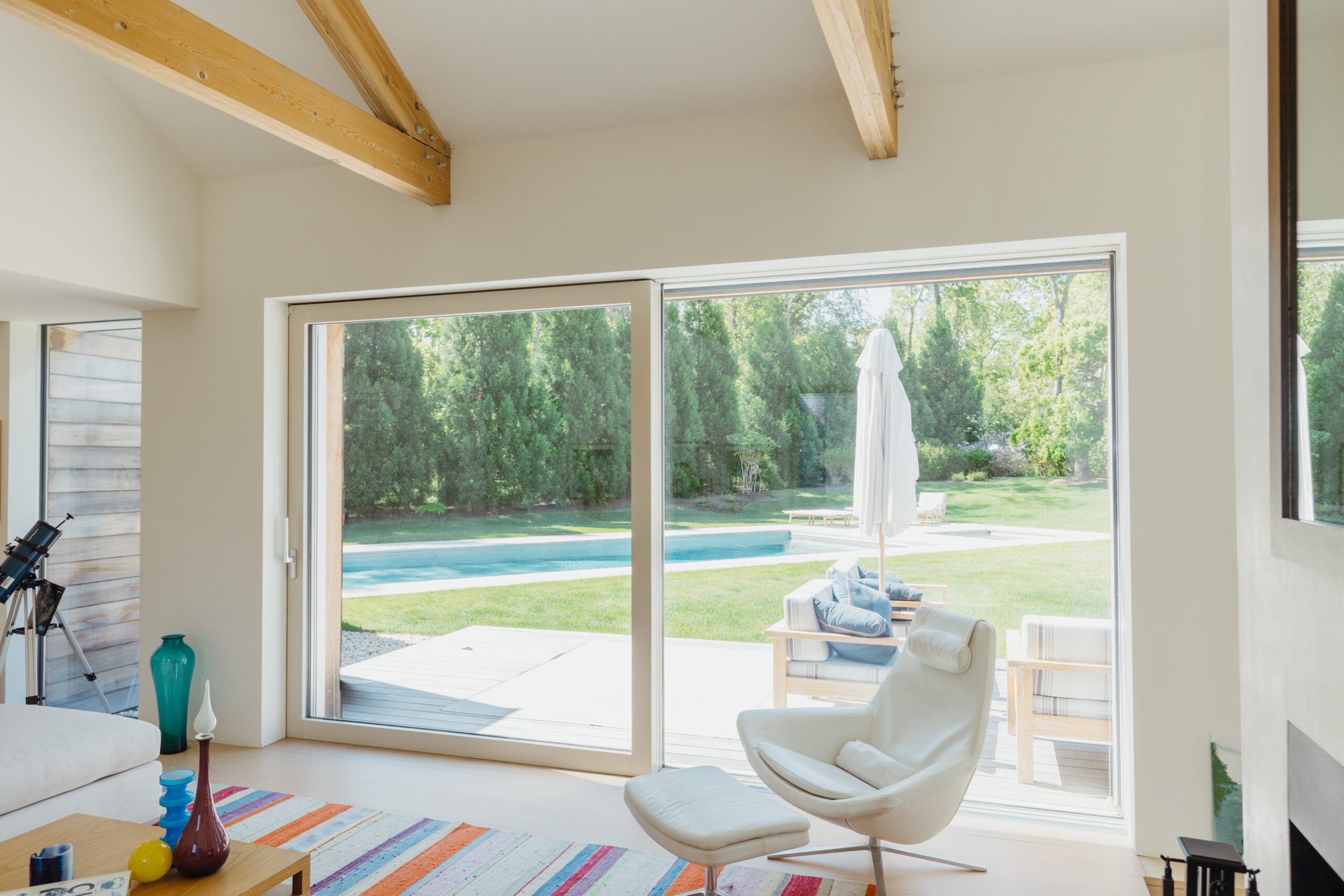
GSW // BIRD-GLASS COLLISIONS
The glass industry has faced growing scrutiny in recent years over bird deaths caused by collisions with glass façades. Between 365 million and 988 million birds are killed annually due to collisions with glass, and news of bird deaths at several high-profile projects has brought the issue to the fore.
Consider the viral video and news story from October 2019 of 310 birds colliding into the NASCAR Hall of Fame in North Carolina during a single one-hour period. Following the incident, ornithological experts pointed the finger at the light shining through the building’s glass façade, hypothesizing that the migrating birds became confused by the lights, causing them to fly directly into the windows.
Another recent article from the Boston Globe reports on the dozens of bird deaths at a brand-new LEED-certified, seven-story glass building in Providence, Rhode Island. The article describes the high-performance windows of the project, but includes the cutting line: “Who would have thought ‘going green’ could be so deadly?” Ouch.
Most in our industry know that those collisions could have been prevented through bird-friendly design and product solutions. We know that glass companies have worked for years to develop bird-friendly products—that manufacturers have launched a range of glasses that feature markings applied through a variety of methods, making the glass visible to birds.
However, word of such solutions has yet to reach the mainstream. Whether due to lack of education or understanding, bird-friendly glass remains a niche product. As a result, collisions continue to occur, and glass continues to be painted as the problem.
Attention to bird-glass collisions will continue to rise. An increasing number of jurisdictions throughout North America are adopting bird-friendly requirements for buildings. Our industry must ensure that glass is understood as part of the solution, rather than part of the problem.
We as an industry need to work to write a new story about bird-glass collisions. We need to be proactive in educating the design community about the range of already available solutions.
“We need to communicate with one voice to the market a simple message: we have a solution,” says Charles Alexander, vice president of sales and marketing at Walker Glass Ltd. “The industry has economic, viable glass solutions that are working.”








